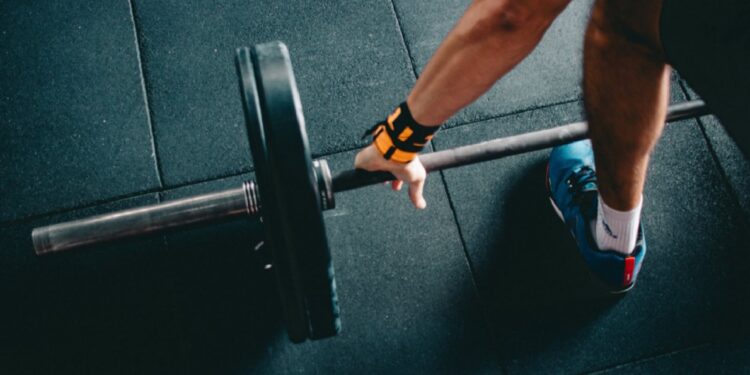What are Compression Socks? And How do they Help your Recovery after Exercising

Compression stockings are socks that simply apply pressure in a certain way and in specific places so that you as a runner benefit from it. Do you immediately run a PR with it? No. But what are the advantages?
Recovery through improved blood circulation
Recovery is often seen as just as important as eating miles when you train for a (half) marathon, for example. During intensive exertion and large shock loads, muscle cell tissue is broken down. This is known to all athletes. Those muscle cell remnants that are broken down bind water in the space between the cells, making the microcirculation worse. The supply of nutrients and oxygen to the muscle cell is hampered and the discharge of lactic acid (waste product of the combustion process) and carbon dioxide stagnates.
Support socks offer relatively high compression at the ankle level with a decreasing gradient towards the knee. Due to the increased pressure on the muscle tissue, the excess fluid, with dissolved waste products from the combustion process, is forced back into the circulation from the intercellular space. The essential decreasing pressure of the stocking ensures that the blood in the veins is adequately returned to the heart against gravity.
Well, what exactly does this mean for us as runners? Wearing compression stockings or compression tubes does not immediately make you faster in your first workout. However, because you recover better, your performance will improve in subsequent workouts. Compression stockings could also enable you to run more often during the week, for example from 2 times a week to 3 times a week, which will ultimately also improve your performance or improve your running pleasure.
You experience less muscle pain and less strain
Your calf remains compact and solid due to the compressive sock, so that the shock at the foot landing is less and less muscle damage will occur. Less muscle damage also means less fluid is retained in the space between cells. During the foot landing in the walking movement, the stockings ensure that there is much less lateral (lateral) vibration and thus the shaking load of the relatively heavy calf muscles. This results in less tensile forces on the shin and Achilles tendons. In short: You walk more comfortably!
How do you easily put on a compression stocking?
Okay, so compression stockings help significantly with recovery, that’s for sure. You should not be bothered by compression stockings that are too tight, but they must be tight. This can make putting on a compression sock quite a challenge. Imagine standing with your shaky fingers at a December run and having to get those things on, don’t do it! So do it at home or in your car with the heating on.
Compression tubes versus stockings
Compression tubes are compression stockings without a foot and are only suitable during exercise, not after. This is because there is no compression on the foot but only on the lower leg. Just like the stockings, tubes are effective for calf complaints, shin splints and Achilles tendon problems. The tubes reduce the shock load, which prevents muscle damage. In addition, they ensure optimal disposal of waste. Because there is no compression on the foot, it is best to remove the tubes after your cool down. It is also possible to combine the tubes with short compression socks; the tubes then take over the action of the socks from the foot up.










